Novice gardner looking for woodland help
Bsilberz
9 years ago
Related Stories

WINTER GARDENING10 Native Wildflowers to Beautify Your Winter Garden
They stand strong in wind, feed wildlife and are easy to grow. But you may want to add these plants for their looks alone
Full Story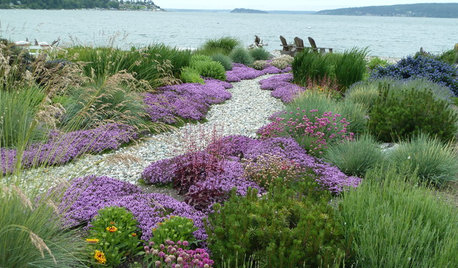
PLANTING IDEAS7 Ways to Use Drifts and Masses In Your Garden
Whether in formal or natural landscapes, grasses or succulents planted en masse elevate the garden
Full Story
LANDSCAPE DESIGNBoxwood Alternatives Bring the Chelsea Flower Show to You
Don’t let box blight limit your plans to borrow garden design ideas from the renowned British event
Full Story
LANDSCAPE DESIGNGarden Walls: Dry-Stacked Stone Walls Keep Their Place in the Garden
See an ancient building technique that’s held stone walls together without mortar for centuries
Full Story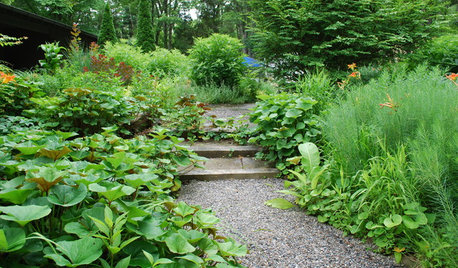
LANDSCAPE DESIGNTour a New American Garden in New Jersey
See how James Golden built his garden in a depression with wet clay and rogue cedars
Full Story
GARDENING FOR BUTTERFLIES3 Ways Native Plants Make Gardening So Much Better
You probably know about the lower maintenance. But native plants' other benefits go far beyond a little less watering and weeding
Full Story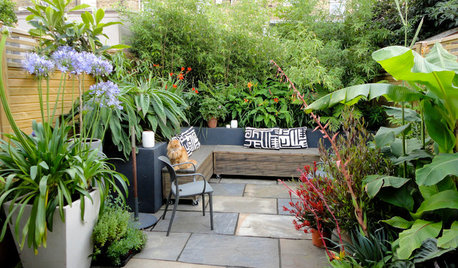
MOST POPULAR10 Reasons to Love a Tiny Garden
Small outdoor spaces can have a beauty all their own
Full Story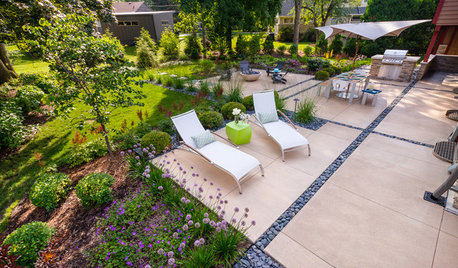
LANDSCAPE DESIGNInside Houzz: Soft Geometry in a Modern Wisconsin Garden
In a city known for harsh winters, homeowners enjoy outdoor living inspired by Southern California
Full Story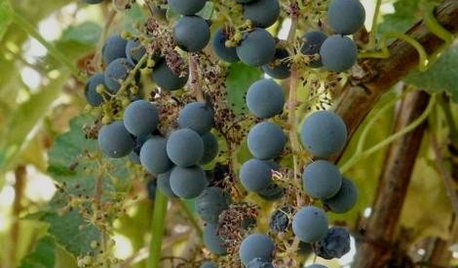
GARDENING GUIDESGreat Design Plant: Try California Wild Grape for Interest All Year
Sure, it’s stunning in fall. But the spring buds, summer grapes and gnarled winter vines are gorgeous too
Full Story






kimka
agardenstateof_mind
Related Professionals
Accokeek Landscape Architects & Landscape Designers · Camas Landscape Architects & Landscape Designers · Forest Acres Landscape Architects & Landscape Designers · Ilchester Landscape Architects & Landscape Designers · Salisbury Landscape Architects & Landscape Designers · Newcastle Landscape Architects & Landscape Designers · Anderson Landscape Contractors · Morrisville Landscape Contractors · Soddy Daisy Landscape Contractors · The Villages Landscape Contractors · Rosemont Siding & Exteriors · Black Forest Siding & Exteriors · Orem Siding & Exteriors · Riverside Siding & Exteriors · Silver Spring Siding & Exteriorskimka
shadeyplace